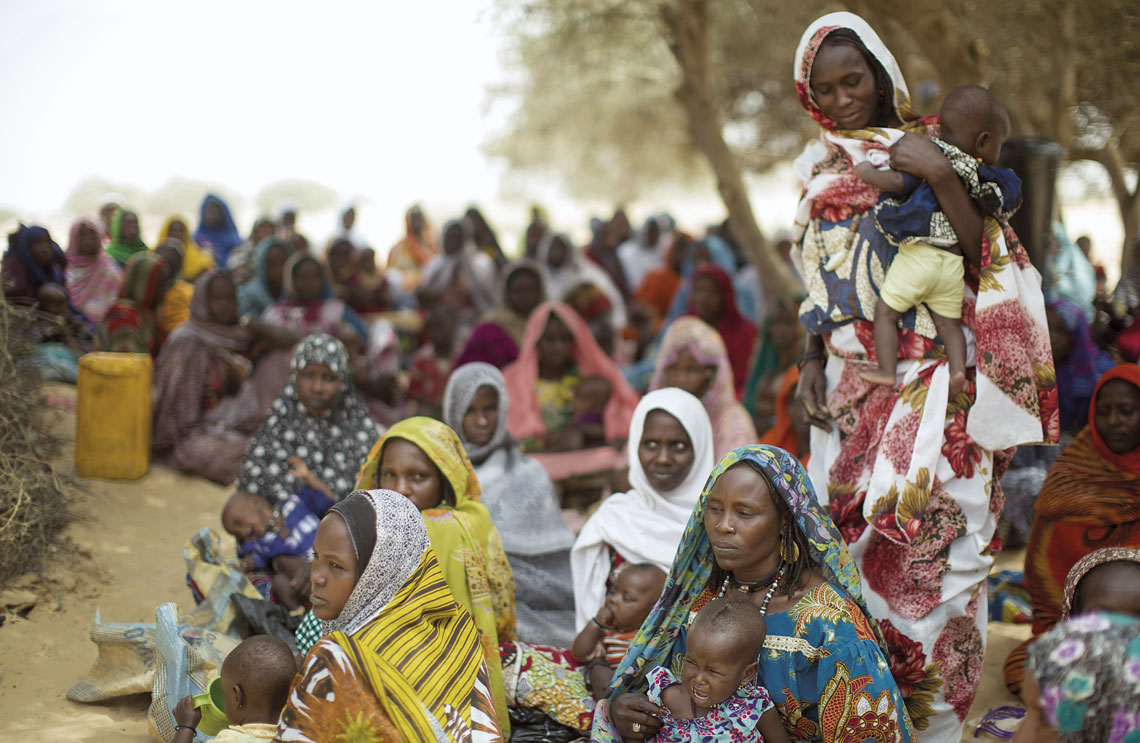
Utenriksdepartementet UD / FlickrWomen and children in Chad, one of the few countries expected to maintain their fertility rate over the coming decadesUtenriksdepartementet UD / Flickr
Somalia, Niger, Chad, Samoa, Tonga, and Tajikistan. These are the only six countries in the world expected to have a high enough fertility rate (the number of living children per woman) to maintain at least a stable population size in 2100, according to recent international projections. For a population to maintain its size, an average of at least two children need to be born to each woman in order to replace their parents. If the number of children per woman is higher than two, the population grows. If it is lower, it shrinks. Over the past 70 years, the world has witnessed a drastic reduction in fertility rates. In 1950, every woman had an average of 4.8 children. By 2021, this number had dropped to 2.2, and it is expected to continue to fall. If current trends do not change, the global average is forecast to drop to 1.6 children per woman in 2100, according to calculations by an international group of researchers led by Simon Hay, from the University of Washington, USA. Only 94 nations had a fertility rate of 2.1 children or more per woman — enough to replace the population — in 2021. By the end of the century, this will only be the case in the six countries named above. “These future trends in fertility rates and live births will completely reconfigure the global economy and the international balance of power and will necessitate reorganizing societies,” Natalia Bhattacharjee, coauthor of the study, told the website ScienceAlert. The scientists warn that due to the ongoing decline in the number of live births, coupled with aging populations, countries could face reduced workforces and overloaded health and social security systems. Less than 50% of all children were born in low- and middle-income countries in 1950. These nations will account for 80% of births in 2100 (The Lancet, March 20; ScienceAlert, March 30).
Republish